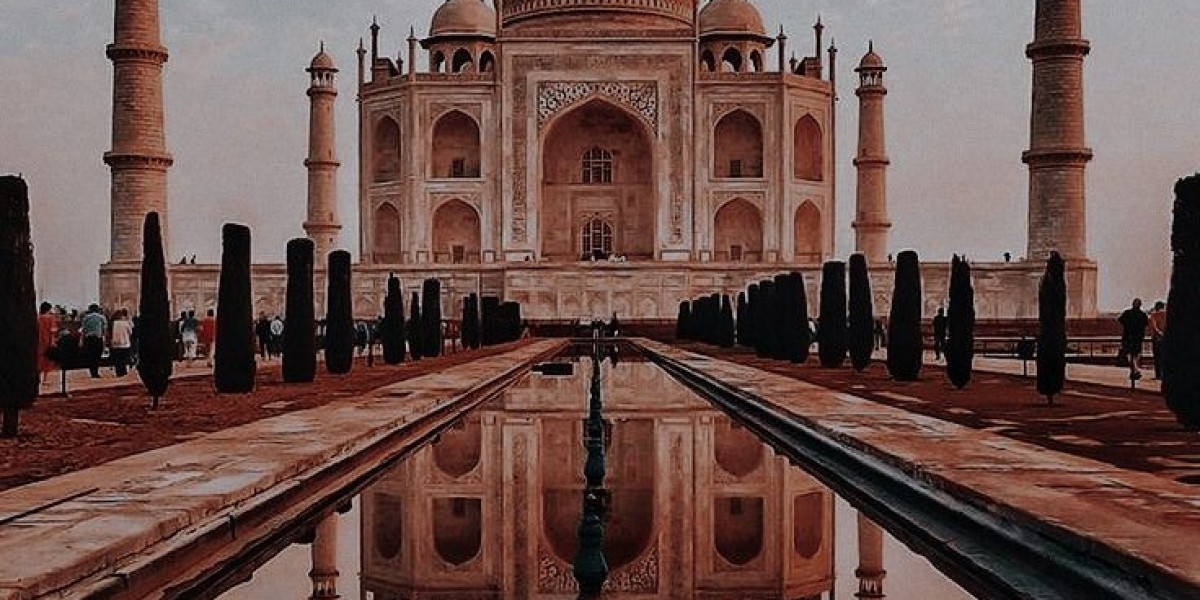Everyone knows the Taj Mahal, a monument to love that draws millions. But India is a land that resists a single story. It is a subcontinent of staggering diversity, ancient wisdom, and modern marvels. To truly understand it, you must look beyond the postcard. For any traveler ready to embark on this adventure, the first step is to find a place to stay, and you can book hotels in India to begin your journey. Let’s unpack this incredible nation, one fascinating fact at a time.
Our journey begins with the pillars of culture and heritage. India is a custodian of global history, with a staggering 43 UNESCO World Heritage Sites. These range from the iconic Taj Mahal and the towering Qutub Minar to the wild Sundarbans National Park. This commitment to preservation is matched by the scale of its living traditions. The Kumbh Mela, a Hindu festival held every twelve years, is rightly called the largest peaceful gathering of people on Earth, drawing millions of pilgrims to its sacred rivers. This spiritual depth is woven into the very fabric of the land. Varanasi, one of the world’s oldest continuously inhabited cities, has drawn seekers to the banks of the Ganges for millennia. Similarly, the radiant Golden Temple in Amritsar stands as the spiritual heart of the Sikh faith, its gold-plated exterior a beacon of peace and community. From this ancient soil sprang philosophies that have captivated the world. Yoga, a practice for harmonizing mind and body, originated here thousands of years ago. So too did Ayurveda, a holistic healing system developed over 3,000 years ago, focusing on natural balance. The classical language of Sanskrit, one of the world's most ancient, forms the bedrock for many modern Indian languages, connecting a billion people to a profound literary past.
The geographical canvas of India is as varied as its culture. Its vast coastline stretches for over 7,500 kilometres, fringing everything from the bustling shores of Chennai—home to the 13-kilometre-long Marina Beach, one of the longest urban beaches worldwide—to the serene palm-fringed coasts of Goa and Kerala. To the north, the majestic Himalayas, Earth's highest mountain range, form a natural border, while the western state of Rajasthan offers a dramatic landscape of the vast Thar Desert and its opulent, storybook palaces. In the east, the Sundarbans form the planet's largest mangrove forest, a mysterious labyrinth that is the last refuge of the endangered Bengal tiger. For a complete change of pace, one can drift through the tranquil, emerald-green backwaters of Kerala on a traditional houseboat. And high in the Himalayan foothills, the misty hills of Darjeeling produce some of the world's most sought-after tea.
This immense physical diversity is matched by a colossal infrastructure and a powerhouse economy. The Indian Railways is not just a transport network; it is a nation on the move, with over 68,000 kilometres of track. It is also one of the world's largest employers, with a family of about 1.7 million people. Connecting the remotest villages to megacities is a road network spanning over 6.3 million kilometres, the second-largest in the world. India's economic contributions are both ancient and enduring. It has been known as the Spice Capital of the world for centuries, producing and exporting more spices, like pepper and turmeric, than any other country. Its vibrant textile industry, famous for exquisite cotton, silk, and wool, continues this legacy of craftsmanship.
Modern India is a nation of staggering achievements and fascinating contrasts. It is, first and foremost, the world's largest democracy, a monumental feat of governance for a nation of about 1.4 billion people. The framework for this democracy is its constitution, which, when adopted in 1950, became the longest written constitution of any sovereign nation. Its civilizational roots run incredibly deep, being home to the Indus Valley Civilization, which thrived about 8,000 years ago in cities like Harappa and Mohenjo-Daro. Today, its ambition reaches for the stars. The Indian Space Research Organisation (ISRO) runs one of the world's most advanced space programs, famously achieving a successful Mars mission on its first attempt in 2014. On the cultural front, Bollywood in Mumbai is the largest film industry on the planet, producing more movies than any other. And standing tall as a symbol of unity and engineering prowess is the Statue of Unity, a 182-meter tribute that holds the title of the world's tallest statue.
To truly grasp the scale of India, one must look at the numbers. The following table captures just a glimpse of its monumental nature.
| Aspect of India | Fact or Figure |
|---|---|
| UNESCO Heritage Sites | 43 |
| Railway Network Length | 68,000 km |
| Railway Employees | 1.7 million |
| Coastline Length | 7,500 km |
| Road Network Length | 6.3 million km |
| Age of Ayurveda | Over 3,000 years |
Beyond these impressive statistics lies the true heart of India: its people. The nation is a breathtaking tapestry of human diversity, woven from over 2,000 distinct ethnic groups who speak more than 121 different languages. This incredible plurality is what makes India not just a country, but an experience. It is a place where ancient traditions coexist with a dynamic present, inviting you to explore its endless stories.







